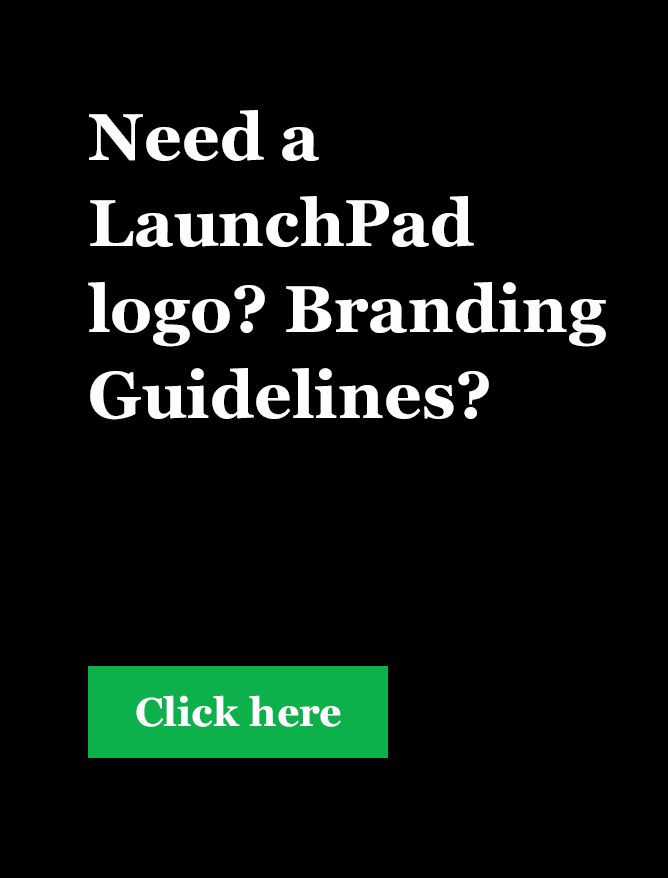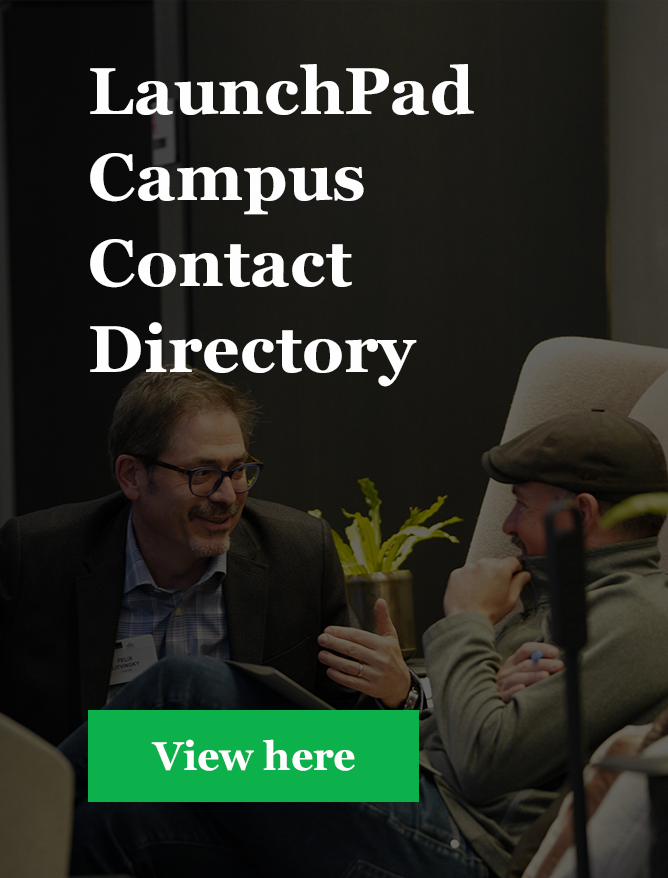Chuck Pettis is the President of Brand Solutions Inc. and former Marketing Vice President for MakerBot, the leader consumer desktop 3D printing - a company his son cofounded. In his experience, entrepreneurs struggle to articulate their product, audience, and the benefits of the former to the latter. And this is certainly the case for student entrepreneurs. While most people think of branding as a logo or slogan, it really defines the core value of your students’ businesses. As a result, starting with brand identity from the very beginning can help entrepreneurs communicate this message. Utilizing strategies like emotional connection and the brand identity map, your students’ startup brands will be positioned for greater chances of success. Recall (and for new LaunchPad Campus Directors), in addition to this Brand Your Business Toolkit module, you can view and utilize all Techstars Entrepreneurs Toolkit modules here.
Emotional Connection and Repetition. (Videos 1 and 2)
Originally presented at LaunchPad training camp in 2018, the power of branding has not changed, and it all begins with the emotional connection. Customers actually make emotional purchasing decisions first - and then rationalize them afterward. Marketers, however, often make the mistake of trying to get lots of logically persuasive messages in front of potential customers immediately.
Alternatively, visuals and images can actually be more efficient and effective ways to create that initial emotional response, especially as people are bombarded daily with competing messages that require conscious consideration. Tying images to a product or service’s top one or two features or purchase factors can help transition the potential customer from a positive, emotional (subconscious) first impression to considering the rational key selling factors.
Repetition is another key to branding, according to Chuck. In a typical school report, students might be taught to begin with an introduction, set up the main points, and, “keep the good stuff for the end” in the conclusion. When it comes to branding, the opposite is true - the key points should be shared early and often - it may take 28 times for someone to remember a key message - and then buttressed with additional context. Another key is to use the exact same phrasing over and over. (The more your students adjust language the less likely a customer is going to be to remember it.)
Brand Identity Map (Videos 3 and 4)
To help students achieve consistently repeated brand visuals, messaging, etc. Chuck uses a Brand Identity Map. (The client example he uses in this video may pose some useful questions and provoke some helpful ideas for your own LaunchPad!) As he describes the various elements of the map, he highlights both the positioning state and top two key features of the brand. Having worked with your students through previous modules including Customer Discovery and Position Your Product, these distinguishing elements should be known. (If not, consider directly students back to these topic areas.)
Populating the Brand Identity Map should following the following order:
- Who is the audience? The audience should be precise (individual demographics or type of company if B2B), and segmentable (distinctive, actionable, and homogeneous).
- What is the brand name? Chuck highlights many critical considerations for a name, including easily communicated and memorable (no acronyms!), connotation, trademark-able, domain availability, etc.
- What is your student startups’ Category Descriptor? Again, if students struggle with this, direct them back to this Toolkit module.
- What are your student startups’ brand Features and Benefits? These factual statements should describe what is unique about their brand or product and what is unique about the outcomes for a customer of using your brand or product.
- What are the Emotions (reptilian and limbic) felt? Once you’ve identified the emotions a customer should feel, this helps direct the images you select to represent the brand.
- What is your student startups’ Positioning Statement? This is the most repeated, descriptive/factual message - repeated verbatim. Not slogans, mottos, missions, or taglines.
Once the Brand Identify Map is complete, you can encourage your students to consider how what they’ve learned and documented can be utilized throughout their efforts. From website design and promotional material to content marketing and PR/media. According to Chuck, every team member should have the Brand Identify Map on their desk next to their phone so they know exactly what to say - every time.
STUDENT ACTIVITY:
The Brand Your Business module includes both a blank and sample filled-out version of the Brand Identify Map below in the worksheets section. Consider meeting once with students to review these videos and the example provided - and consider sharing a version of this for your own LaunchPad or Entrepreneurship Center. Then give students some time - one week or two - to populate their form and return it to you for review and discussion.






